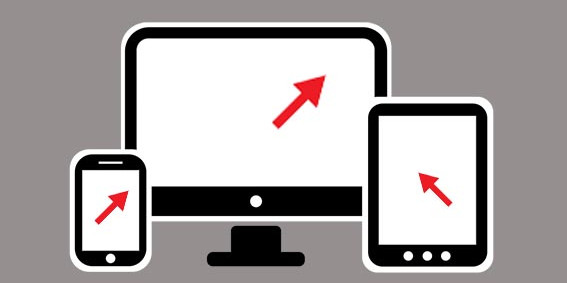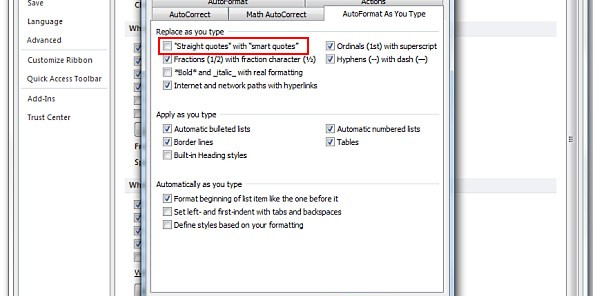The release of iOS14.5 in April this year saw Apple mark a new dawn in user privacy and app tracking. Following the update, apps that collected data about end users and shared it with companies for tracking purposes had to adhere to Apple’s new App Tracking Transparency (ATT) framework where user authorisation had to be submitted before tracking could commence.
In recent months, Apple’s announcement has proven to be something of a trailblazing effort, with competitors such as Google looking to rollout their own take on some of the privacy features we saw in the release of iOS14.5.
With marketers having to adapt to a radically changing and evolving data landscape – do these changes spell an inevitable end for app tracking? Before we are able to tackle that question, let’s take a few steps back and outline what we know about the changes so far…
The evolution of ATT
- September 2016:
- Apple enables ‘Limit ad tracking’ toggle to help users block IDFAs (see section below for definition). The feature was fairly buried within the Settings app and consequently many users did not enable it.
- April 2021:
- Apple release iOS14.5 and announce their ATT framework.
- September 2021:
- Apple release iOS15, doubling down on ATT and privacy features, including introductions/improvements to: App Privacy Report, Mail Privacy Protection, iCloud+, Hide My Email, and more.
- Late 2021:
- Google announce plans to release their method for opting out of personalisation, consequently removing Advertising IDs, anonymising users and making any requests to access identifiers return a string of 0s.
What are Advertising IDs and what do they do?
Advertising IDs are unique alphanumeric IDs that can be used to identify a single device. IDs differ between Android and iOS (where they’re referred to as ‘IDFAs’), but both serve the same purpose:
- to track app usage
- to deliver personalised advertising
- to identify when users interact with in-app campaigns
- to measure different channel’s performance for various in-app conversion points
Apple’s ATT journey – User, meet banner:
Earlier this year, Apple users were met with pop-up banners when using apps installed on their devices, prompting them to opt in or opt out of tracking, affecting access to their IDFA.
Apple afforded marketers just two variables to potentially sway users into opting in to tracking:
- What would the description field of their banner say?
- When would their banner appear?
After 5-years of having the ability to block IDFA retrieval, but having the feature somewhat hidden, users were now forced to make a choice. Branch have an excellent study into the state of affairs one month following the release of iOS14.5, acknowledging all of the considerations and outlining the caveats to the figures that were bound to be released in ‘doomsday’-led reports. Their study looked into the rate of opt-in, the adoption of iOS14.5 and whether apps were displaying the ATT pop up prompt at all.
As seen, a large proportion of users hadn’t upgraded at the time and there was data determining users hadn’t yet been shown the prompt – simply put, app tracking as marketers had known it up until iOS14.5 was mostly unaffected.
However, it’s worth considering that many months later, and even one full iOS version later, users have faced a multitude of opportunities to upgrade to 14.5 or beyond, also to opt-out of tracking in their installed apps. In some newer reports, figures are suggesting that provision of consent may still be as low as 5-25%.
Apple’s 24-hour tracking window – Introduction to the SKAdNetwork:
The SKAdNetwork/SKAN is Apple’s own ad network API. As put by Apple, the network is designed to help advertisers measure the success of ad campaigns while maintaining user privacy.
Well, how does this look in action?
If, for example, an app is installed following a click from a display advert, a 24-hour timer is then set – during this time, a Conversion Value that may be called later can be updated, and the information recorded can be posted back to ad networks.
This means that attribution-related information retrieved by Mobile Measurement Partners (MMPs) will not only contain no user-level data but may come with an up to 24-hour lag.
In a new SKAN update, the ad network will receive a did-win flag with a Boolean value to indicate whether the ad-network won the attribution or not (but was still a contender).
What conversions can we track?
Typically, there are 4 common models that may be used to track conversion:
- Conversion event – a specific post-install event
- Revenue – revenue gained from users during measurement period
- Engagement – combination of various events that occurred post-install
- Funnel – specific user journey post-install
Identifying specific conversion points
Conversion Values allow multiple points of conversion to be encoded and then tracked within the SKAN postback – These are 6-bit binary measures that can be used to identify up to 64 different conversions that may occur in a user’s app journey. This can be helpful for identifying and recording revenue or engagement with a particular part of the app. For example, the following events could be encoded in a conversion value:
- CV1: Login
- CV23: Level completed
- CV30: View item description
- CV55: Product added to basket
- CV63: Purchase
As we touched on earlier, a successful conversion has a 24-hour expiration period before the postback to the ad network , meaning that to record a specific conversion value, the specific event must occur before the 24-hour timer runs out or else it will not get reported. And if a new event is triggered within a previous 24-hour window, a new 24-hour timer will be set, opening a new opportunity for more information to be recorded. Note that only the last conversion value can be reported in the postback to the ad network.
Marketers should be aware that if an event is low occurring (i.e., CV63 is 1/100), Apple will not return confirmation of the conversion in an effort to reduce the likelihood that people linked to that particular event are able to be identified.
Can an advertised app know which campaign led to the install?
Yes. In iOS15, it is now possible for advertised apps to register for a copy of the same postback that the ad network receives. This removes the reliance on MMPs (Mobile Measurement Partners) as it makes it possible for app developers to measure their campaigns outside of MMPs.
The role of MMPs (Mobile Measurement Partners) with SKAN
MMPs attempt to aggregate the data the ad networks receive from SKAN to provide a one-stop shop for marketing teams to view their campaign performance across different networks. However, not all SKAN data can/will be shared by ad networks, so the MMPs do not always receive the full picture. Typically, the MMPS can provide a high level view on performance, but for more detailed analysis it is better to refer to the ad network’s reporting.
MMPs offer a means to easily manage what the conversion value and event should be. By use of an MMP’s SDK (Software Development Kit), events can now be directly managed within the MMP, negating the need for code changes in the app and making things easier for developers.
Closing thoughts
To conclude, while Apple are showing no sign of slowing their effort to increase privacy and transparency, closing the door on tracking in the way we knew it – this isn’t a total doomsday scenario.
Increased latency and certain aspects of user data being inaccessible are not necessarily blockages, but instead, obstacles that marketers and their teams will have to factor into their measurement strategies and solutions moving forward. The continuous improvements we’ve seen by Apple to SKAN means that this is an ever evolving area, with ad networks and MMPs having to remain adaptable in their response.
With other key players looking to follow suit within the very near future, it’s important that marketers take stock of how they are measuring and tracking their campaigns to avoid the shock of large drop-offs or blind spots brought on by the new changes to app tracking and ATT.
To discuss any of your data and analytics challenges, including the themes raised in this blog, please contact us here. A member of our team will be happy to answer your questions and to discuss how we can help.
About the author
Lynchpin
Lynchpin integrates data science, engineering and strategy capabilities to solve our clients’ analytics challenges. By bringing together complementary expertise we help improve long term analytics maturity while delivering practical results in areas such as multichannel measurement, customer segmentation, forecasting, pricing optimisation, attribution and personalisation.
Our services span the full data lifecycle from technology architecture and integration through to advanced analytics and machine learning to drive effective decisions.
We customise our approach to address each client’s unique situation and requirements, extending and complementing their internal capabilities. Our practical experience enables us to effectively bridge the gaps between commercial, analytical, legal and technical teams. The result is a flexible partnership anchored to clear and valuable outcomes for our clients.




